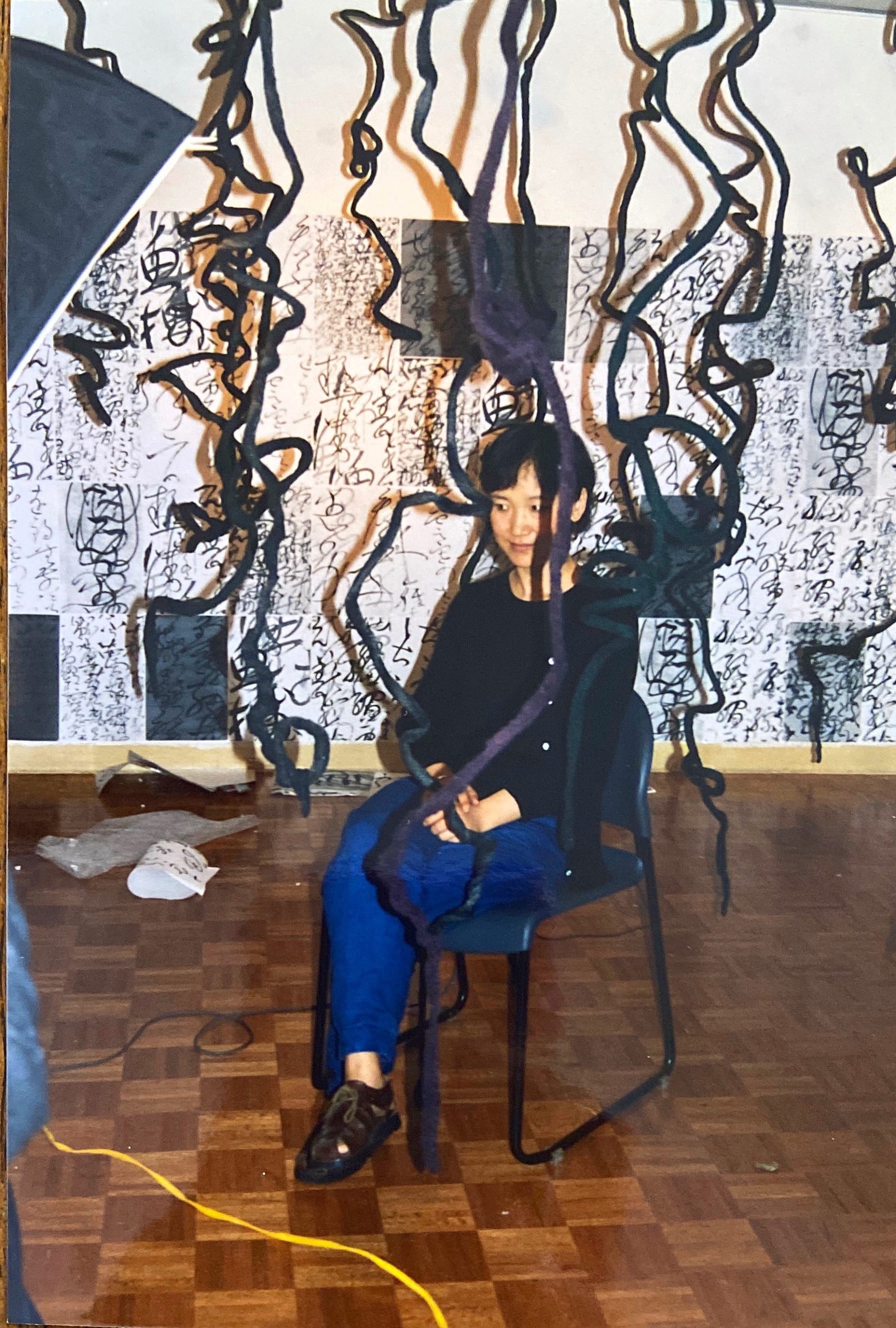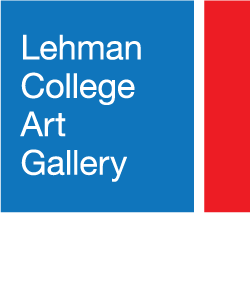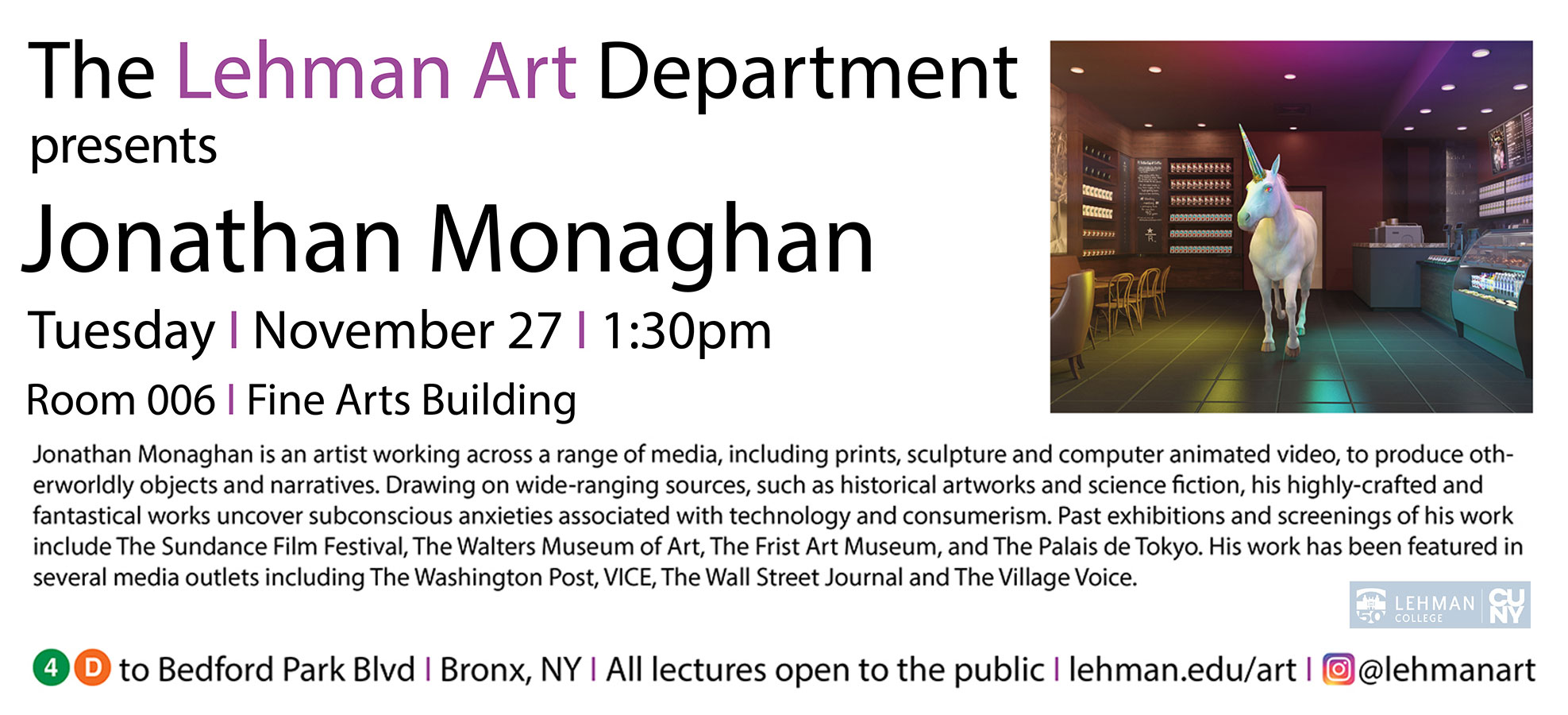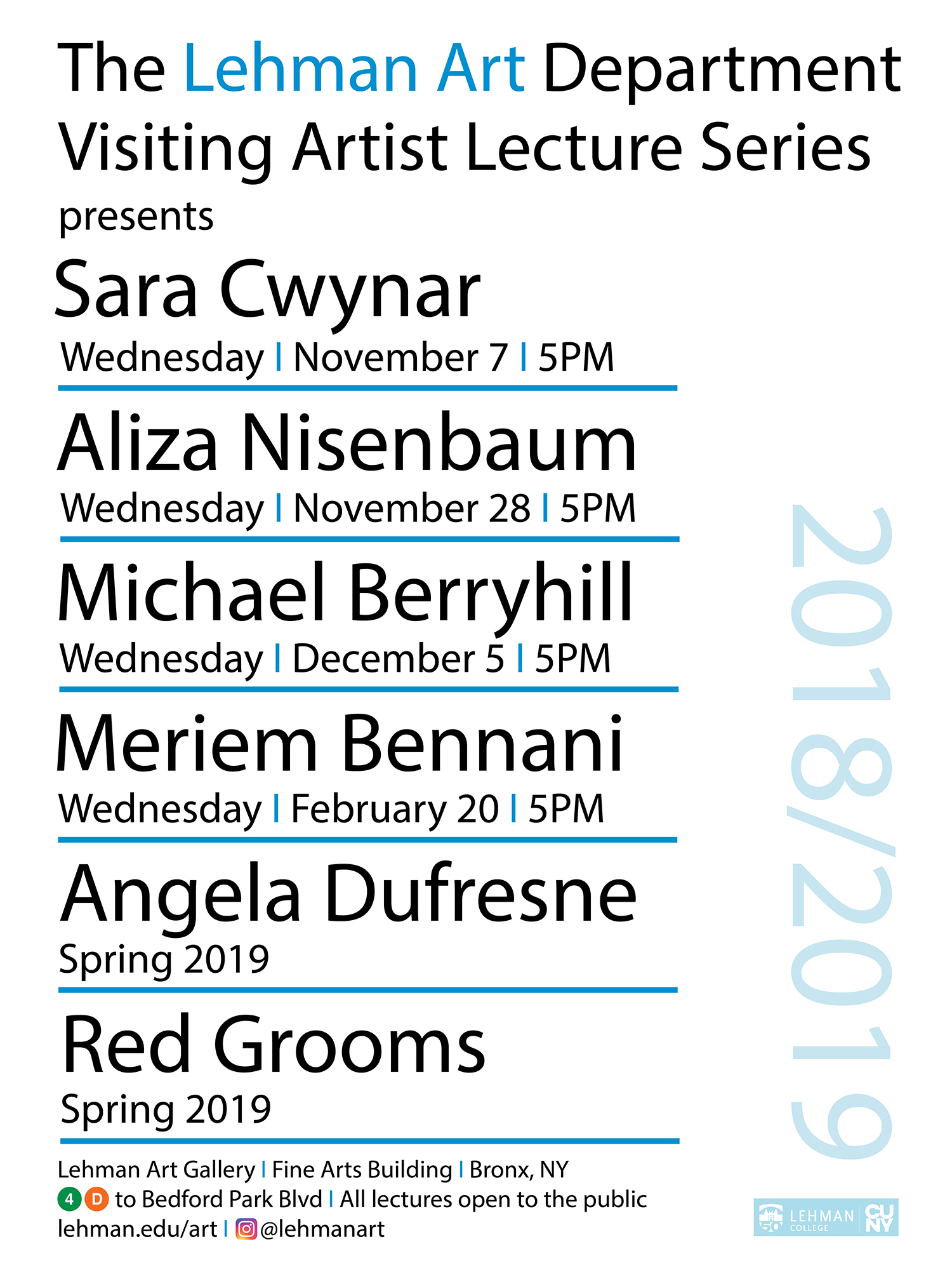September 29, 1998 – January 15, 1999
Contemporary Chinese Art and Literary Culture of China
All of the artists included in this exhibition are bound by the common theme of engaging some aspect of literary culture of China. Each artist indvidually incorporates one or more characteristics of the milennia old-written language. This written cult which they uniquely address has many levels of appreciation. First and foremost is the writing of both personal expression and social functions — historical/scientific/and practical matters. Second is the role that literature has in traditional Chinese society – no social advancement was possible without an education and mastery of literature. No council or organ of government functioned without a consummate knowledge of historical precedent. As a result education was the highest priority. Thirdly, aesthetic appreciation was not only limited to perfection of writing style, but also encompassed the manner in which it is written-calligraphy.
These artists are distinguished by their desire to make their work, first and foremost, a response to the current international art movement. In this shrinking world united by jet travel and electronic communication at the brink of the twenty-first century, a true internationalism, a world art (not unlike world music) has been achieved. The international avant-garde take on subjects of a political and personal nature in a number of media formats. Inherent in their artistic production are issues of communication and cultural exchange framed in a new language spoken across the language boundaries. These artists from China, like their international counterparts and compatriots who chose to remain in China, travel extensively throughout the world, showing their art and interacting with each other. One can appreciate their uniform concern for technology and communication in their appropriation of the coputer for artistic expression. None of them create work that is a commodity, but rather create an environment whether in the form of earthwork, installation or webpage. These formats, by definition, are nearly impossible to be commoditized.
Being educated in two cultures — two different writing systems and artistic traditions, they cannot pursue new diretions in internationalism by completely rejecting their own collective past. So taking the cumbersome Chinese written language as a theme in their art, they seek to introduce it to the west. They are revitalizing a tradition many thousands of years old, by adapting it to the modern world.



